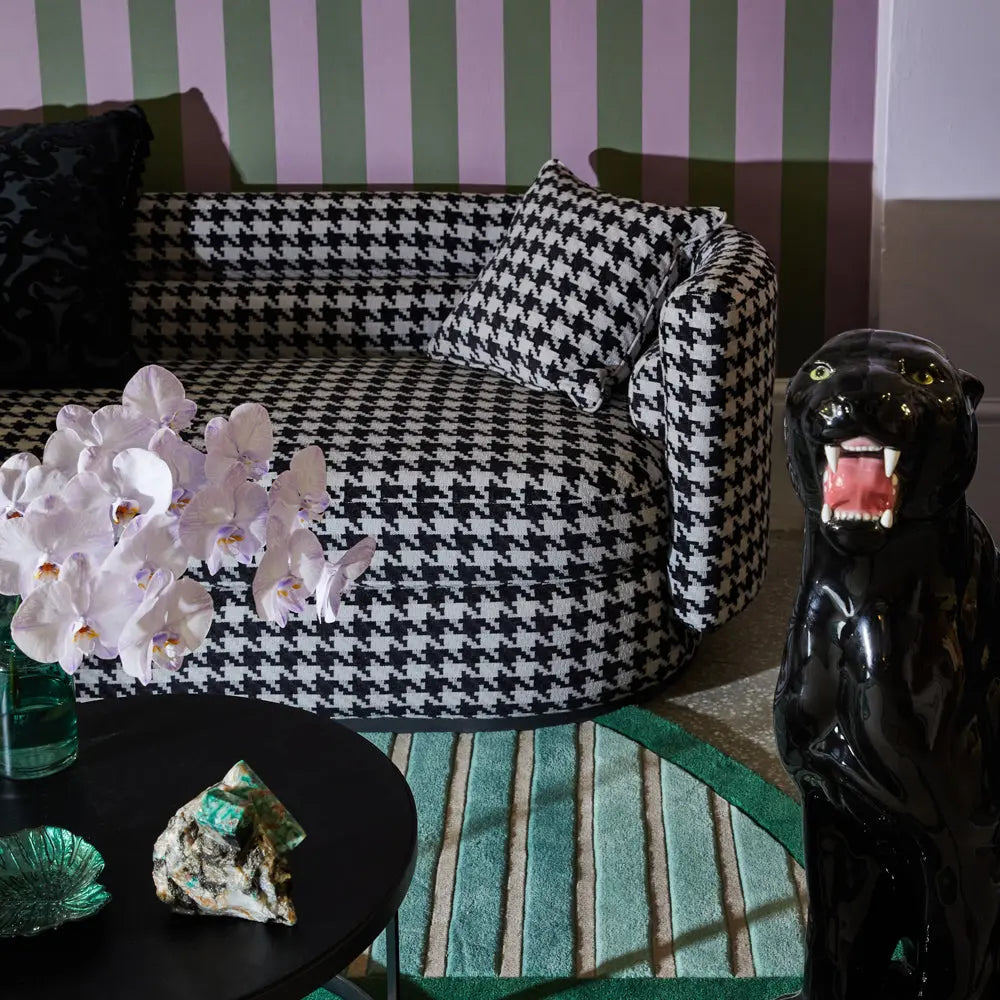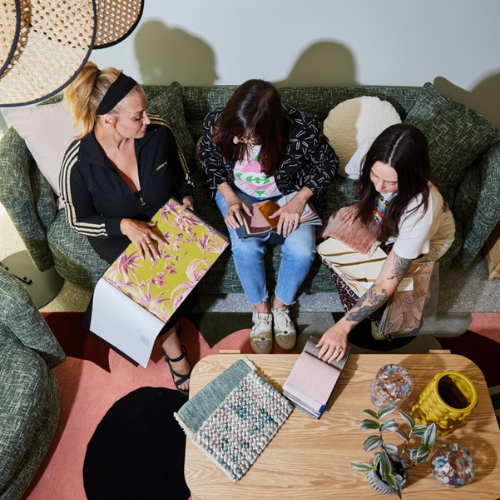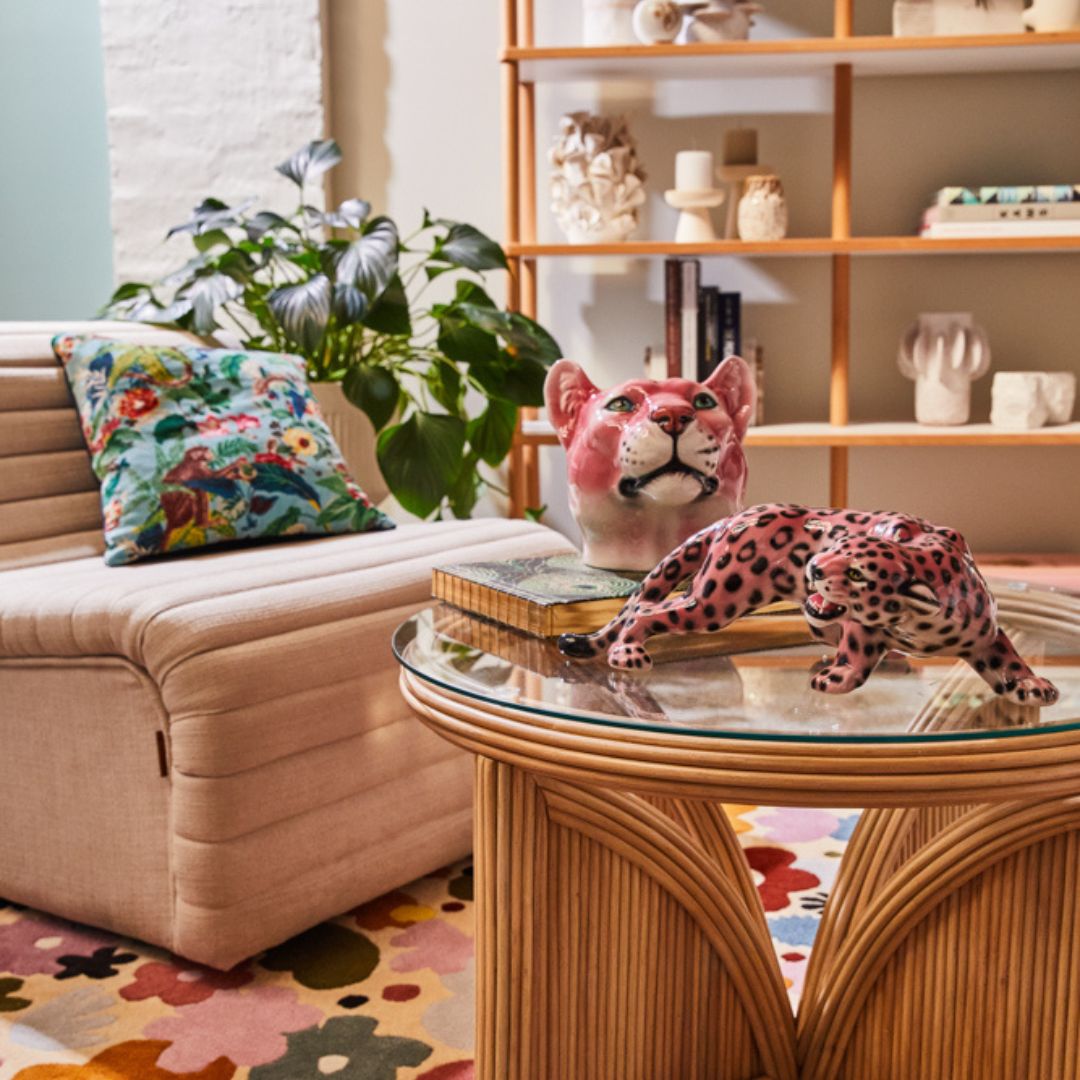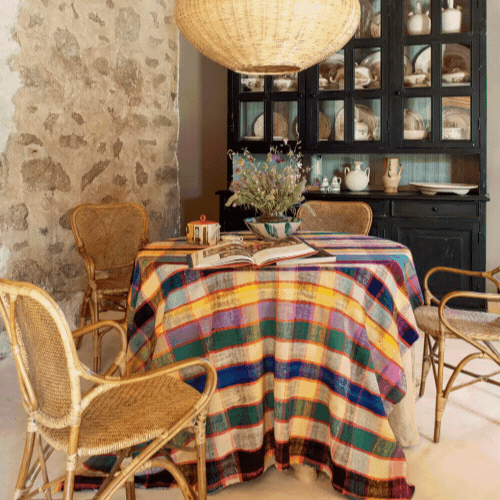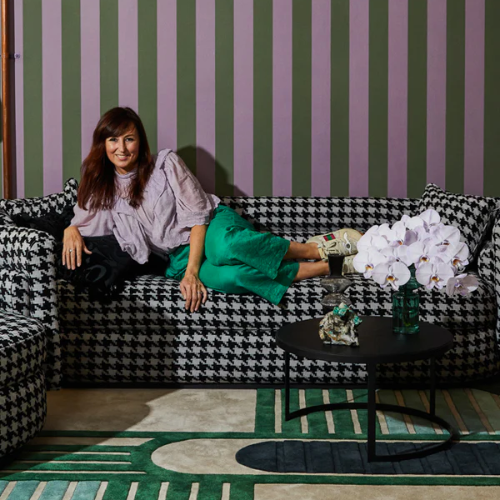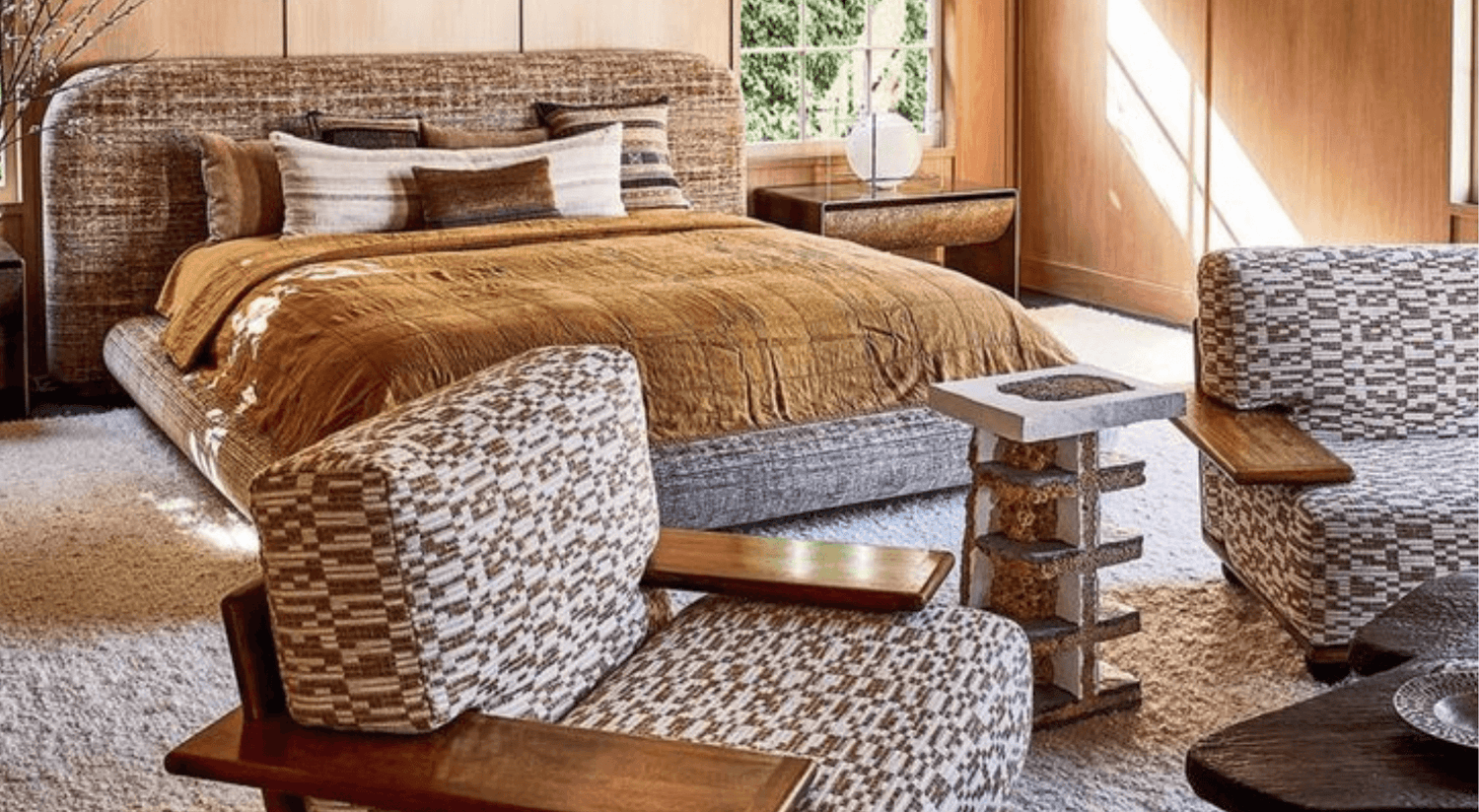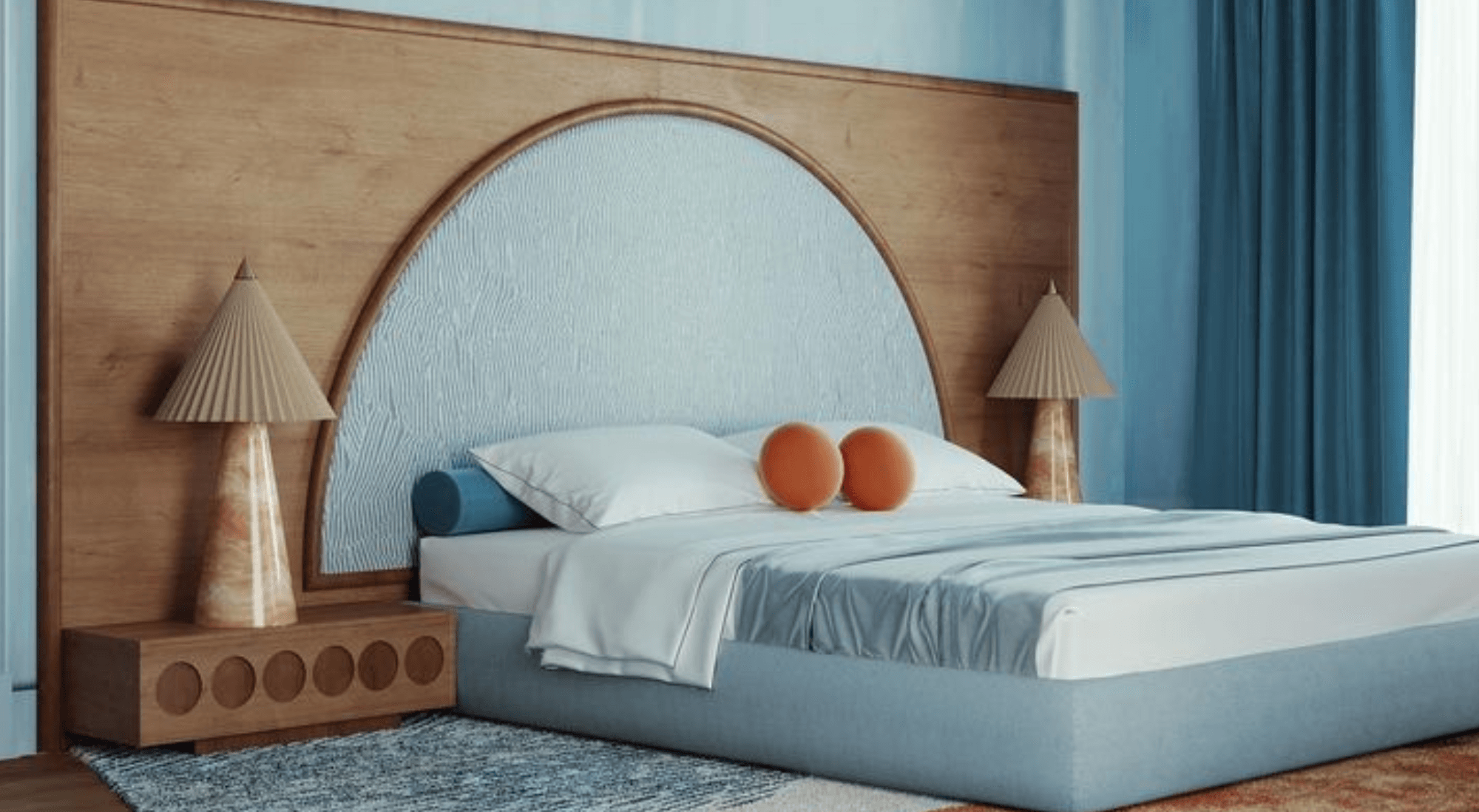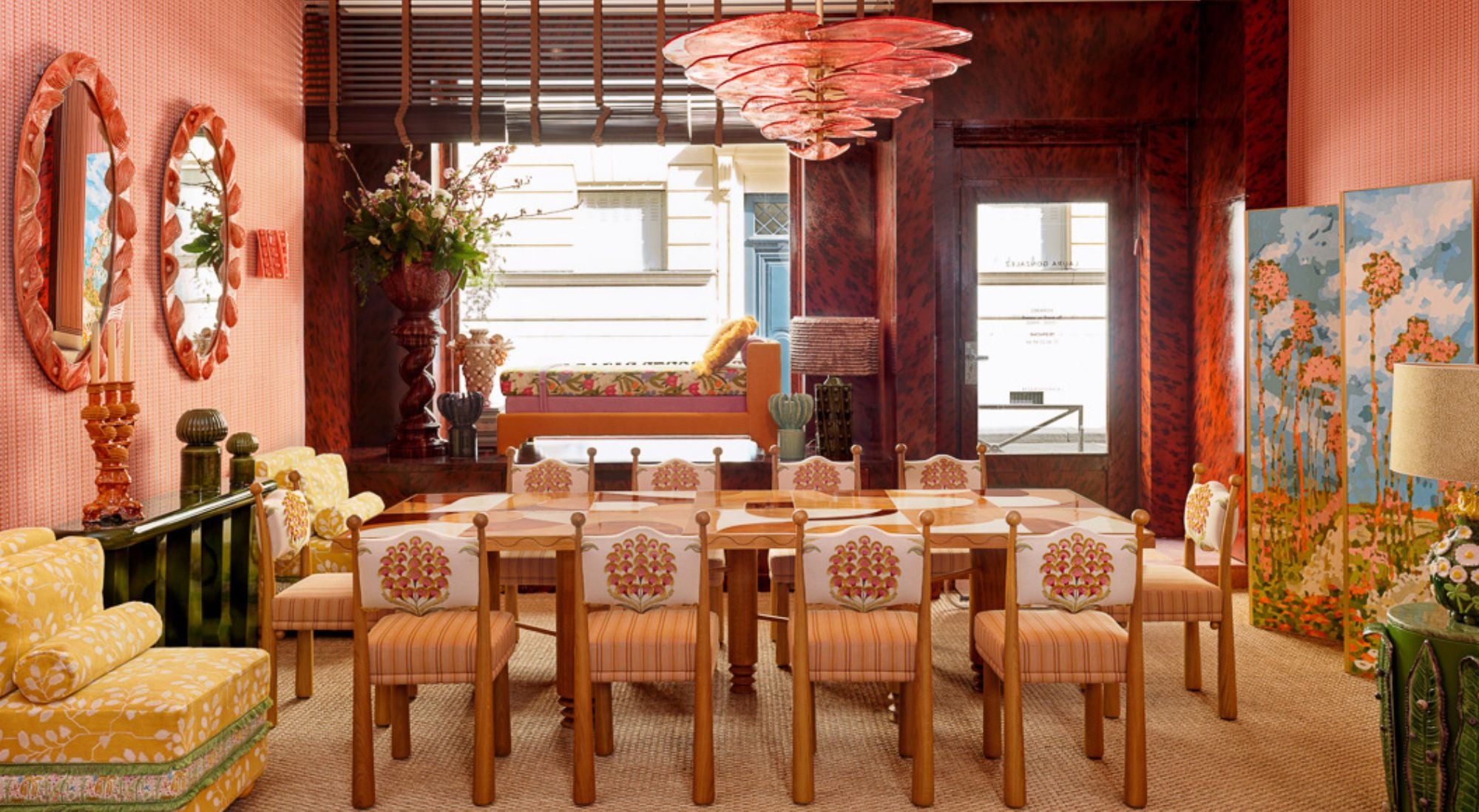In the world of interior design, blending different styles is an art form that creates a unique and personalized space.
One particularly captivating fusion is the combination of Midcentury and vintage furniture with modern pieces. This collision of old and new can result in a timeless aesthetic that showcases both history and contemporary sensibilities.

To help you successfully integrate these elements into your home, let us guide you through the key principles and considerations for achieving a harmonious balance. Whether you are a design enthusiast or simply looking to update your space, this exploration of mixing Midcentury and vintage furniture with modern accents will inspire and empower you to create a living space that truly represents your style.

To effectively mix Midcentury and vintage furniture with modern pieces, it's important to have a solid understanding of each style's defining characteristics.

Mid Century
Originating from the mid-20th century, the Midcentury style embraces clean lines, organic shapes, and functionality. It features iconic design elements such as tapered legs, bold colors, and natural materials like wood and marble.

Vintage
Vintage furniture refers to pieces from a past era, typically dating back 20 to 100 years. It encompasses various styles, including Victorian, Art Deco, and retro, showcasing exquisite craftsmanship and unique detailing.

Modern
Modern design focuses on simplicity, minimalism, and functionality. It emphasizes sleek silhouettes, neutral color palettes, and the innovative use of materials like glass, metal, and plastic.

Natural materials
Vintage furniture commonly incorporates natural materials like wood and rattan, which can harmonize with the organic vibe of Midcentury design.

Geometric shapes
When merging different styles, it's essential to identify common ground between Midcentury, vintage, and modern furniture pieces. Look for shared design elements such as Midcentury furniture, which often features geometric forms and can be echoed through modern accent pieces.

Neutral color palettes
Modern furniture tends to favor neutral colors, providing a versatile backdrop that complements both Midcentury and vintage pieces.
Iconic pieces: Certain iconic furniture designs, such as Eames chairs or Danish teak sideboards, seamlessly bridge the gap between eras and work well in various style combinations.
Mixing Midcentury and vintage furniture with modern pieces in your home allows you to create a captivating blend of history and contemporary aesthetics. By understanding the essence of each style, identifying shared design elements, and creating a cohesive layout, you can achieve a harmonious fusion that reflects your personal style and enhances your living space.
Remember to pay attention to proportions, textures, and the layering of accessories to add depth and character to your rooms.

Finally, explore various sourcing options to find unique pieces that breathe life into your design vision. Embrace the adventure of blending eras, and let your creativity flow as you embark on this journey towards a timeless, eclectic, and truly personalized home.

